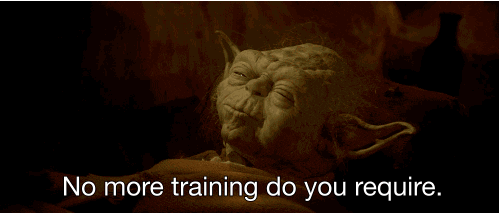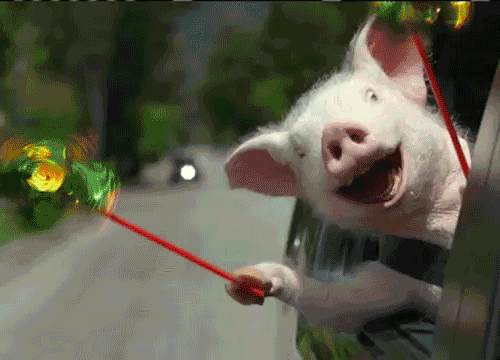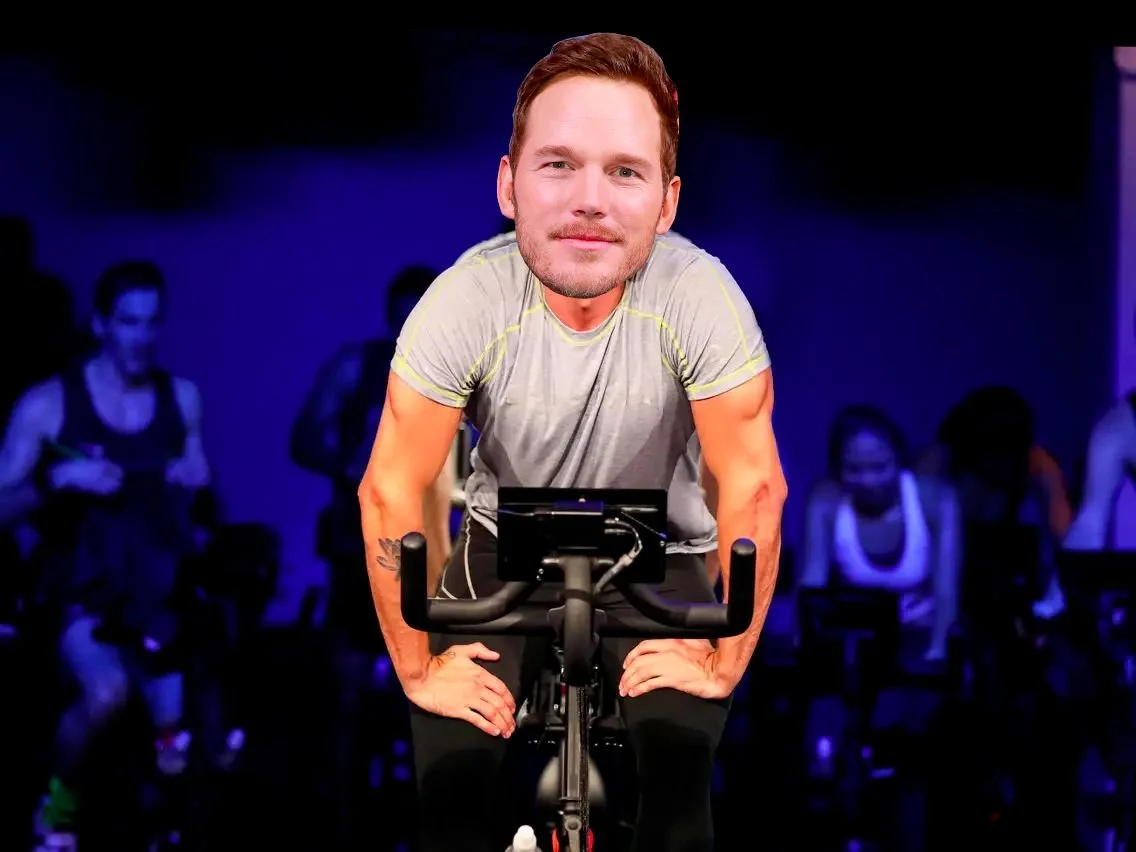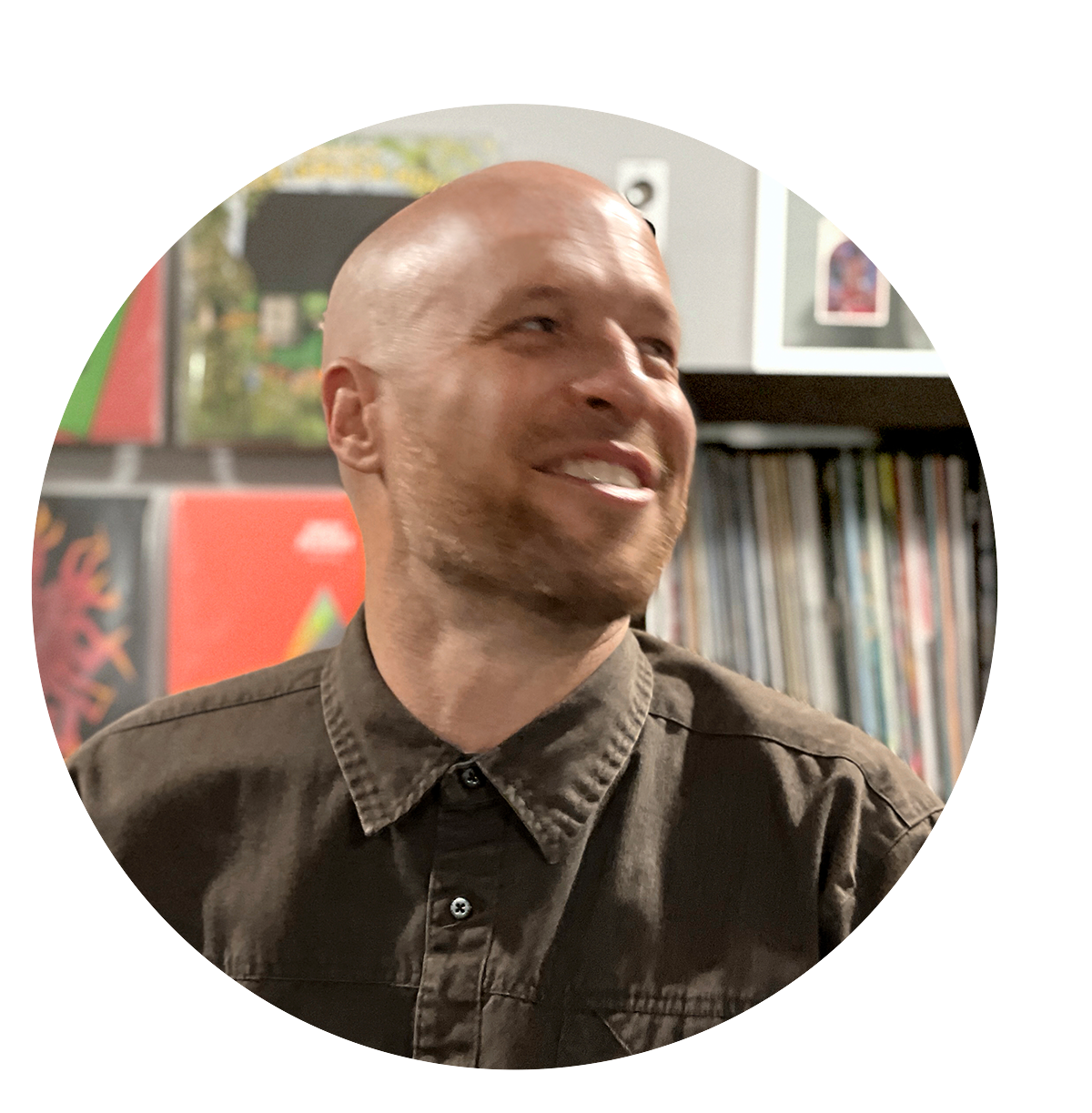How to Create Brand Archetypes with Character
By David Defeo
A New Way to Make the 12 Brand Archetypes Actually Useful 🥸
Psychologists spend countless hours studying, understanding, and defining human behavior. Unfortunately, they drop the ball when it comes to telling us about any of what they found.
How many of your friends right now can tell you the difference between the ego, superego, and id?
Does anyone you know reference Maslow’s Hierarchy of Needs when you ask them how they’re doing?
Yet right now you could stop anyone on the street and get an answer on who their favorite Batman was. The obvious follow up question is who played their favorite Bruce Wayne and that might be a different answer.*
When it comes to selecting Brand Archetypes with our clients we can’t expect them to immediately grasp the twelve archetypes Carl Jung defined way back in the 1940’s and how that helps shape their brand.
Now, as brand consultants, understanding these archetypes is important. But what’s more important is to understand them so we can make them valuable to our clients, whether they know about archetypes or not.**
And where am I going with all this?
Most of my clients have fun picking out the archetypes that represent their company during the workshop but don’t know how to utilize that past the exercise itself.
Sure you’re a Sage first, an Everyman second, and a Magician third but what in the actual what can you do with that?
If anyone else looks the Brand Roadmap we created, do they actually understand how to use it?
Bring the archetype to life 🫀
So, I added in an extra step that helps bring those archetypes to life and further inform the brand personality and messaging that follows from it.
I now tie that archetype combo to a famous movie character everyone knows.
If the primary brand archetype was a Sage, I would tell my clients they could think of themselves as either Obi Wan Kenobi or as Yoda. Both characters would be considered Sages but each of them had very different personalities and spoke differently too.
Which one of those two characters would say “Uuuuuuse the Force, Luke” and which one would say “Do or do not... there is no try.”
Now whichever character they pick we can use as a lens to bring their brand to life.
How would Yoda say this?
How would Yoda do that?
This creates something familiar for the client to latch onto instead of learning the intricacies of some psychologist’s take on the twelve archetypes we fall into.
It provides some helpful guardrails for what does and doesn't make sense for their brand to do that everyone working within the client can use.
Instead of expressing personal preferences about the latest social media messaging, everyone filters things through the lens of this character and not themselves.
Leveraging this type of communal knowledge creates a shortcut to understanding the brand since the customer already knows the character we are referencing.
People like what they already know. It feels familiar. Familiar feels safe. Safety means there’s trust. And trust implies loyalty.
Give the character a job 👩🚒
To add a dose of the real world to these fictional characters I like to give them some sort of job. This grounds the character concept a bit more and gives everyone some free range to play around with something new.
What if Yoda worked at the Genius Bar?
Or what if Yoda worked at a Jamba Juice?
This extra bit of context starts to define how an interaction with our client’s customer might go down. The Genius Bar Yoda would be speaking to customers with a bit more authority versus Jamba Juice Yoda having more of a “what can I blend up for you today” mentality towards problem solving.
What if Yoda worked at Nordstrom?
Or what if Yoda worked as a Kindergarten Teacher?
Nordstrom Yoda adds in subtle notes of refinement while a Kindergarten Teacher Yoda would mean speaking very simply in an encouraging tone. Adding in this real world job adds on another layer of communal knowledge.
Imagine you’re the client telling the rest of your team about this jaw dropping, ground breaking, life altering Brand Strategy Workshop they just went through—how they defined the brand voice and the ideal customer and their new look and feel. As they share the Roadmap with everyone else who didn't sit through eight hours of exploration what do you think would make a greater impact...
“Our brand archetype is the Sage.”
OR
“Our brand is like Yoda if he were a really good wedding DJ.”
I’m not saying we should tell every brand to start talking like Yoda. Confusing this would be.
What I am saying is that our job revolves around clarification. We should do our best to convert the tools we have and the information we gather into some sort of useful context for our clients to use.
They don’t know Carl Jung but they probably know George Lucas.
An example of how I broke this down with an actual client 🧑💻
A Brief Rundown: My client creates well made curriculum for teachers. Their ideal client are brand new high school english teachers with less than five years experience who have yet to build up a personal library of lesson plans and unit plans.
From the workshop I like to consider a few key things as I debate over recognizable characters and potential jobs. First I remind myself of their ideal client. At the end of the day, whatever character we decide on should be one that ideal client has most likely seen.
One of the big takeaways from the image above is that our ideal client skews younger. So Anna Leonowens from the 1956 classic film King And I *** might not be the best choice.
Character references will have to be within the last forty years or be some sort of universal classic.
And for a bonus twist of fun, since these are English Teachers we’re trying to reach, we can incorporate characters from literature as well.
Brand Personality Sliders 🔹
Next up I like to consider the brand personality sliders. This can help eliminate some potential options down the road that don’t quite fit into where the tick marks landed.
Rank the Brand Archetypes 🥇
Finally I look at the Brand Archetypes they ranked in the workshop.
As you can see they picked out the Sage as their primary choice, The Regular guy as their second choice, and the Magician as their third choice.
Now for the fun part 🦄
Who are some famous teachers we’ve seen in books and on the big screen?
Of those teachers which ones come across as a relatable personality?
And are any of those remaining potential characters someone who inspires awe?
Start by just thinking about some movies you know. 🎥
What about some of the movies or tv shows or podcasts that you defined back in the workshop that their ideal client knows?
The good news is that movies attract a diverse range of people so you could make a decent case for most films somehow relating to our client and their customers.
Maybe the ideal client wasn’t dying to see Rocky IV but I bet some unsung hero in their life sat them down to watch it one night. But since I’m a real pro at this I wanted to focus in on famous characters who were teachers in the story.
A few characters I ruled out...
Louanne Johnson from Dangerous Minds (way too tough)
Dewey Finn from School of Rock (goofy isn’t their thing)
Sister Mary Clarence from Sister Act (a smidge too rebellious)
John Keating from Dead Poet’s Society (there’s just an air of sadness about him)
I landed on Charlotte from Charlotte’s Web, Hermione Granger from Harry Potter, and Jessica Day from New Girl.
Every last one of these characters more or less fits the archetype combo but they are all very distinct in their own way. But you already know that because you already know these characters.****
For real world jobs I made Charlotte a Financial Advisor. She’s kind and encouraging but not afraid to face some hard truths and then help you through it.
I made Hermione a manager at Trader Joe’s. Always helping customers make better informed choices in a non threatening Hawaiian shirt.
And Jessica I put at an Anthropologie. There she is still bringing all the fun and whimsy you can handle but in a slightly more polished and presentable way.
This is the part in your Roadmap Presentation where you’ll have to pause for laughter. Not at you... but with you. Now my clients could see how all this works together and almost makes their brand into a living, breathing person. Like you already knew them though you’d never met them.
My client chose Hermione Granger as a Manager at Trader Joe’s. While Hermione is a know-it-all, that does show how intelligent she is. By working at a Trader Joe’s means she wouldn't be talking down to her customers but helpfully explaining why Jo-Jos are better than Oreos.
So as we create messaging for their website and podcast episodes synopsi***** and social media posts we can always run it through the filter of:
How would Hermione The Manager say that?
or
Is this how Hermione The Manager would present this information to a customer?
What are some movie characters that leap out at you after reading this?
Think about the last client you worked with and who would you choose for them and where would they work?
But David... what about you? Do you have a character with a job for Evrgrn?
Of course I do. I want you and my clients to feel like I’m Chris Pratt if he were a Peloton Instructor.
Footnotes (trying to make a fellow David proud******)
*The correct answer is Michael Keaton and Christian Bale.
** They don’t.
*** Who? Exactly my point.
**** See what I mean!
***** What is the plural for synopsis? NO YOU GOOGLE IT!
****** David Foster Wallace
If you want to brush up on Brand Archetypes, all these lovely links below are very helpful:
→ Brand Archetypes Defined — Brand by Ovo (Blog)
→ Brand Archetypes – Ultimate Guide with Examples — JUST Creative (Blog)
→ Brand Archetypes Defined — March Branding (Blog)
→ The Power of Brand Archetypes — Nick Longo (Video)
→ Character Archetypes — Jay Carver (Video)
Join the fun in the Brand Strategy Bootcamp! 🦄
These are the types of topics we love talking about in the Brand Strategy Bootcamp. If you’d like to join David and a community of other brand strategists who want to improve their process, click here to see if the Bootcamp is the right fit for you!
About the author:
David Defeo offers Brand Strategy and Identity Design as Evrgrn Global to build compelling brand experiences. He would also be a Ken Jennings-esque contender if there was a trivia show solely based around album covers from the nineties.








